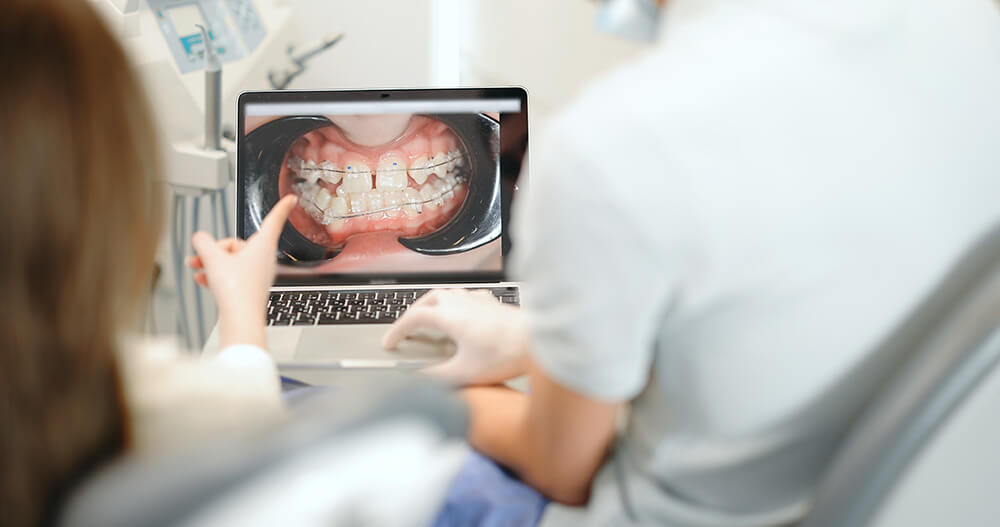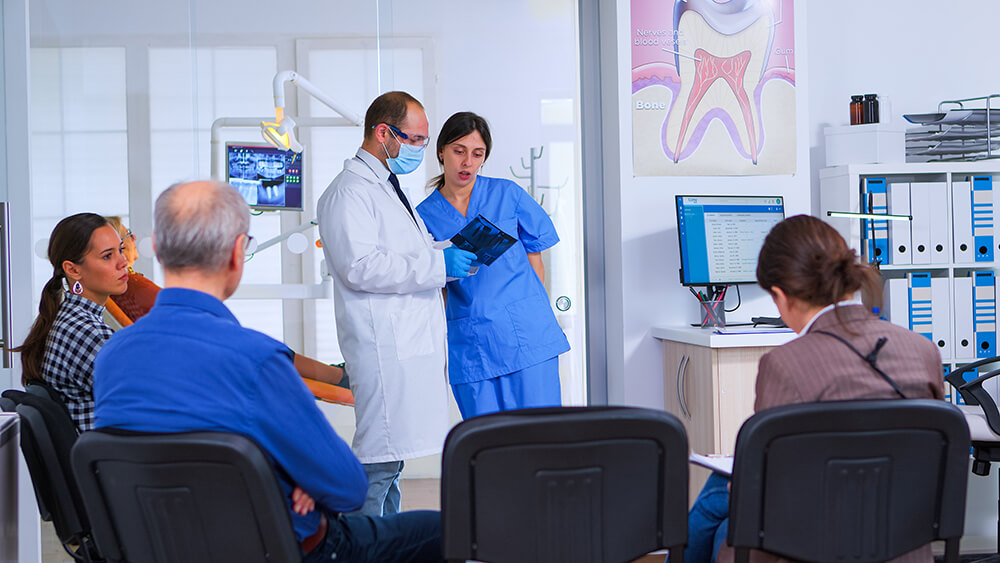Orthodontic Setups – A Great Planning Tool
The more complex the dental treatment plan gets, the more challenging the process becomes. Adding in interdisciplinary care with multiple specialists adds another layer of complexity. We need to clearly plan our sections, and clearly communicate the outcomes we hope for from the other providers.
The Challenges
One of the challenges has been communicating to my orthodontist my visual for the results. The other challenge has been how to visualize tooth movement to optimize my restorative. What has helped me tremendously is doing an ortho setup as well as a restorative wax-up.
My Process
This is a process I use when planning complex cases involving orthodontic and restorative that has helped create clear expectations for everyone.
- I start my aesthetic treatment planning by drawing white shapes and lines on photographs of the teeth to determine the desired tooth proportions and gingival aesthetics. I’ve blogged about this before in these two articles: Tooth Proportion Aesthetic Ratio and Where the Pink Should Be. I also draw lines on photographs to determine the Anterior Segment Aesthetic Ratio.
- When a complex restorative case involves orthodontics, I want a clear sense from my white lines of where I want the teeth moved so I can optimize my restorative. I will send a set of preoperative models to the laboratory and ask them to do an ortho setup. Multiple copies of the ortho setup allow us to move the teeth and do a restorative wax-up on the moved teeth. Once I examine the wax-up I decide if the teeth look the way I visualized they would. Do they have the right length to width ratios? Do they have all gingival margins in the right positions? If I were to just do a carved restorative wax-up, I wouldn’t understand if the tooth movement is helpful. If you are not familiar with ortho setups, I recommend reading this article from 2012.
- Once I have the teeth positioned in an ortho model the way I think will be best for my restorative, I send my orthodontist the model to communicate exactly where I want the teeth moved. The orthodontist provides feedback on what will be involved to get those movements. Based on that, I can balance the risks and benefits of alternative treatment plans and discuss with the orthodontist whether restorative treatment should occur at the very end of orthodontics or be done in phases during orthodontic treatment.
Related Course
E2: Occlusal Appliances & Equilibration
DATE: March 27 2026 @ 8:00 am - March 31 2026 @ 2:30 pmLocation: The Pankey Institute
CE HOURS: 44
Dentist Tuition: $ 7500
Single Occupancy with Ensuite Private Bath (per night): $ 355
What if you had one tool that increased comprehensive case acceptance, managed patients with moderate to high functional risk, verified centric relation and treated signs and symptoms of TMD? Appliance…
Learn More>









